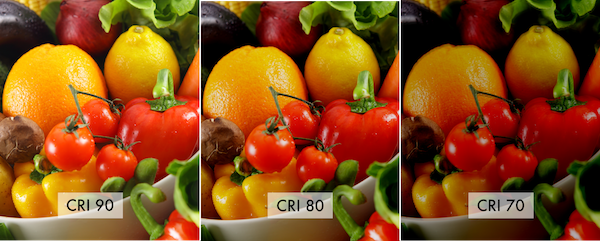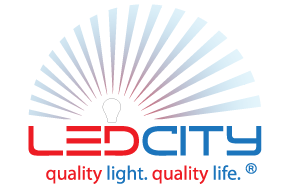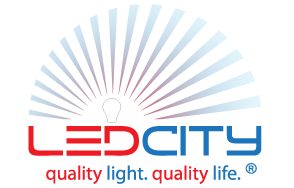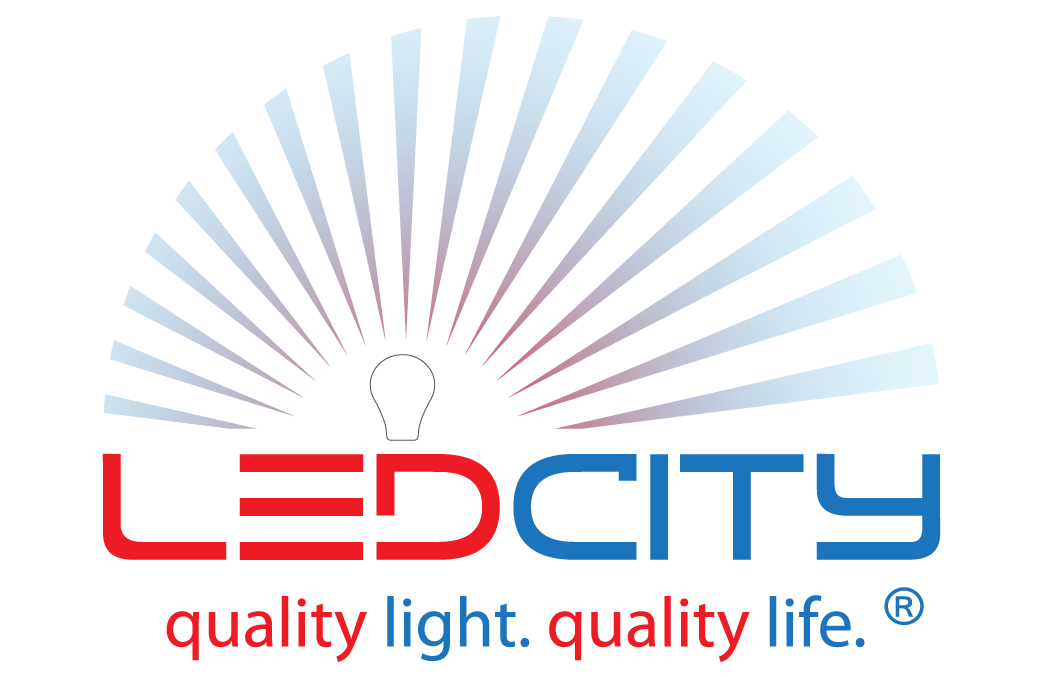How to Choose LED Downlights

From retail shops to offices, commercial buildings to private houses, LED downlights let you deliver beautiful, bright, even, and shadow-free light while only using a fraction of the energy typically required for traditional lighting installations.
LED downlights are extremely versatile and can be used in a wide variety of applications. Depending on your lighting objectives, LED downlights can be used for: general lighting in corridors; ambient or decorative lighting with wall washers; task lighting in offices; and accent lighting with gimbal LED spotlights.
It can be difficult to make a decision when buying LED downlights because there are so many different types of downlights on the market. Further, the best choice will be determined by the specific lighting requirements of each project. Through this article, however, we hope to give you a clearer picture of what to look for, and how to arrive at a decision when choosing LED downlights.
Important Specs of LED Downlights
Lumens and Watts

An important spec to review, lumens are the measurement of the total amount of light emitted from a light source. However, please note that when measuring the brightness of an area such as a working table, a checkout counter or a reading surface at a bookstore, footcandle or lux is used. As a general guide, below is a table of brightness level recommended by AZ/NZS 1680.1:2006 (a commonly-used lighting standard) for different types of activities:
| Class of Task | Recommended Illuminance | Activities |
|---|---|---|
| Movement / Orientation | 40 lux | Corridors, walkways |
| Rough intermittent | 80 lux | Loading bays, locker rooms |
| Simple work | 160 lux | Canteens, entrance halls |
| Moderate easy | 240 lux | Cashier counters, food preparation |
| Moderate difficult | 320 - 400 lux | Reading, writing and office tasks |
| Difficult | 600 lux | Drawing boards, inspection tasks |
| Very difficult | 800 lux | Fine inspection |
| Extremely difficult | 1200 lux | Graphic art inspection, hand tailoring |
| Exceptionally difficult | 1600 lux | Jewellery and watch making |
Wattage measures how much energy is consumed by a light source. Although it is still used in LED lighting products, it does not reflect the actual brightness of the light like it did for incandescent bulbs. Wattage can be calculated with lumens to measure the energy efficiency of a LED bulb compared to a traditional lighting source. For example, a 7-watt LED bulb that generates 600 lumens is 88% more energy efficient compared to an old incandescent GLS bulb, which requires 60 watts to generate the same level of brightness. Even between different LED lights, the energy efficiency can be different, and lumens per watt can be used to calculate the energy efficiency of the products.
Beam Angle and Downlight Spacing

Beam angle is another critical factors when choosing the correct LED downlights. Beam angle is a measurement of how widely the light is distributed down onto a surface. Your choice of beam angle will depend on the use of the light. For example, if your lighting objective is to simply illuminate a corridor, then choosing a beam angle of 90 degrees and above could be an intelligent choice. In this manner, you will evenly distribute light throughout the space in both the corridor and on the wall. However, if your downlights are for use in office or kitchen space whereby task lighting is required, then the beam angle should be 60 degrees or below. This will create a greater concentration of light in the working area. High-ceiling above 3 meters is another good place to choose narrower beam angles. Otherwise, light will be dispersed to air and leave the ground area dark. Accent lighting requires you to calculate your desired beam angle based on the size of the object or area and the distance between downlight and the object.
To achieve a constant light level on surfaces with minimal shadows or glare spots, you will want to keep your downlights evenly spaced apart. The spacing of your LED downlights will also have an effect on the brightness of your installation. To determine the spacing measure, you must first determine the lux level on the surface you wish to illuminate. Then determine how many downlights you will need to produce it given the beam angle and the size of your space.
You can use the following simple table to choose beam angles and decide the downlight spacing for evenly-distributed light:
General Lighting| Ceiling height | Beam angle | Downlight spacing |
|---|---|---|
| 3 meters | 60° to 120° | 1.5 m to 3 m |
Task lighting (or general lighting above 3 meters)
| Ceiling height | Beam angle | Downlight spacing |
|---|---|---|
| 3 meters | 45° to 60° | 1.5 m to 2 m |
| 4 meters | 45° to 60° | 2.5 m to 3.5 m |
| 5 meters | 45° to 60° | 3 m to 4.5 m |
| 6 meters | 45° to 60° | 4 m to 5.5 m |
| 7 meters | 30° to 45° | 3 m to 5 m |
| 8 meters | 30° to 45° | 3.5 m to 5.5 m |
| 9 meters | 30° to 45° | 4 m to 6.5 m |
| 10 meters | 30° to 45° | 4.5 m to 7 m |
Correlated Colour Temperature (CCT)

The Correlated Colour Temperature (CCT) is a measurement of light’s colour in Kelvin (K) degrees. Most lights fall in a spectrum between 2,700K and 6,500K and there are many different definitions of colour temperature used in the lighting industry, some are even contradicting. At LEDCITY, we define outputs of 2600K to 3700K as “warm white” (more yellow / red), 3700K to 5000K as “neutral white”, and 5000K to 8300K as “cool white” or “daylight” (more blue). Studies have shown that light colour affects our daily sleep cycles and mood. Cooler colours promote wakefulness and productivity, while warmer colours tend to promote relaxation.
A tip is to stick to just one colour throughout an open area, because mixing of colour temperatures can be distracting to the eyes.
Colour Rendering Index (CRI)

The Colour Rendering Index (CRI or also denoted as Ra) is a measure of light’s ability to properly render colour (ranges from 0 to 100 - the highest possible score). Colour rendering is important especially for commercial applications in order to reveal the true vivid colours of products, artwork and architectural elements that are of interest.
The following table shows how to use CRI number of a light to find out its ability to properly represent colours:
Ra = 90 - 100 Excellent
Ra = 80 - 90 Good
Ra = 60 - 80 Moderate
Ra < 60 Poor
Types of LED Downlights
LED downlights can be categorised according to their mechanism:

-
Fixed
Fixed downlight comes with a fixed centre and its light direction cannot be changed.

-
Gimbal
Centre fittings can be tilted to create a spotlight beam. This can be an advantage if you want to adjust the light slightly towards a piece of artwork or a certain area of interest.

-
Eyeball
Similar to a gimbal but with a greater range of angle adjustment. This type of downlight has a protruding eyeball-shaped bulb that contains the lamp and can be adjusted as desired.
LED downlights can also be categorised according to their lighting objectives:
- General downlights: used for general lighting, e.g. fixed downlights

- Task downlights: used for task lighting, e.g. fixed downlights with beam angle of 60° or below

- Decorative downlights: used for ambient or decorative lighting, e.g. wall washers

- Spot downlights: used for task or accent lighting, e.g. gimbal or eyeball downlights

- Spot downlights highlight and create drama effects on a product, a piece of artwork, or an architectural area of interest.
- Accent lighting should be brighter than the surrounding ambient lighting.
- Deploy different types of downlights to create a multi-layer and aesthetics lighting result.
Types of Installations
There are basically three types of installations for LED downlights:

-
Recessed
Designed for false ceiling, recessed LED downlights are usually fixed within the holder, either by using spring clips or compression clips. For spring clips, springs have to be pushed vertically and inserted into the ceiling hole. As you push the fitting in, springs are forced downwards onto the ceiling holding downlights in position.

-
Surface-mount
Designed for concrete ceilings, surface-mounted LED downlights are usually fixed with supplied brackets. Surface-mounted downlights are more common for low-ceiling and residential lighting applications.

-
Suspended
Designed for concrete ceiling, suspended downlights (or pendant lights) are typically fixed with supplied brackets and hanging accessories. Suspended downlights provide a soft and non-glaring task lighting and sometimes are used for bridging high ceiling. With many different types of decorative designs, pendant lights add an unexpected twist to your rooms with a modern look and feel.









